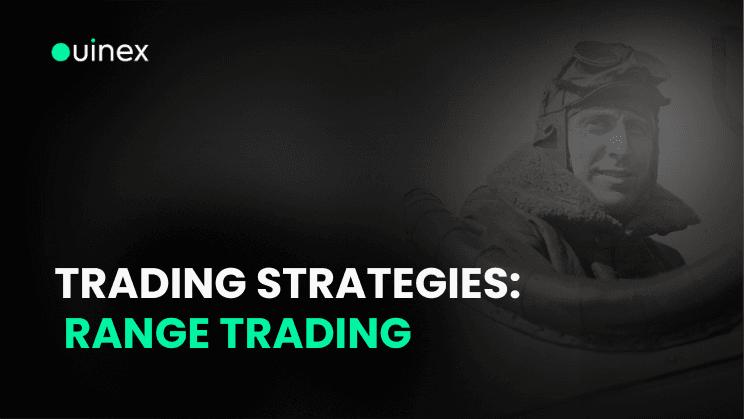
Range Trading: Make the Most of the Market’s Boring Side
Range trading is all about finding stability in what seems like chaos. Instead of chasing trends, you’re playing the field by buying low and selling high—repeatedly. If you like predictability and staying within boundaries, range trading is your sweet spot.
What Is Range Trading?
Range trading is a strategy that involves buying assets when they hit a low price (support) and selling them when they reach a high price (resistance), within a defined range. The goal is to profit from price fluctuations between these levels, assuming the market stays within the range and doesn’t break out.
How It Works
- Identify the Range: The first step in range trading is to spot a well-established price range. This means finding assets that are bouncing between a clear support level (the bottom) and a resistance level (the top). You can use chart patterns or indicators like Bollinger Bands or the Relative Strength Index (RSI) to spot a range.
- Buy at Support: When the price hits the support level (the low end of the range), you buy, expecting the price to bounce back up toward resistance. This is your “buy low” opportunity.
- Sell at Resistance: When the price hits the resistance level (the high end of the range), you sell, expecting the price to fall back down toward support. This is your “sell high” opportunity.
- Wait for a Reversal: Range traders don’t chase trends—they wait for price movements to bounce between the support and resistance levels. This strategy works best in flat or consolidating markets, not during strong trends.
- Use Stop-Loss Orders: Range trading involves some risk if the price breaks out of the established range. To protect yourself, set stop-loss orders just beyond the support or resistance levels, ensuring you limit your losses if the range fails.
Real-World Examples
- Crypto: Bitcoin fluctuates between $50K (support) and $55K (resistance) for several weeks. A range trader buys when Bitcoin hits $50K and sells when it reaches $55K, repeating this process as long as the range holds.
- Stocks: A stock repeatedly bounces between $100 (support) and $120 (resistance). A range trader buys at $100 and sells at $120, profiting from each movement within the range.
What You Need to Know
- Consolidating Markets: Range trading works best when markets are in consolidation (sideways movement) and not trending. It’s about finding a predictable range and trading the highs and lows.
- Indicators Help: Use technical indicators like Bollinger Bands or RSI to help spot potential support and resistance levels. These indicators can also signal overbought or oversold conditions, alerting you to potential reversal points.
- Risk of Breakouts: The biggest risk in range trading is a breakout—when the price breaks through the support or resistance level and continues in that direction. Be prepared with stop-loss orders to protect yourself from sudden price movements.
- Patience Is Key: Range trading isn’t about making quick moves—it’s about consistency. You’re profiting from predictable price fluctuations, not market trends, so patience is essential.
Why Range Trading?
If you prefer a steady, predictable approach to trading, range trading is the strategy for you. It’s great for markets that aren’t trending, and if you enjoy finding support and resistance levels, this strategy can bring in regular profits without the chaos of chasing trends.
Range Trading FAQs
How do I identify a good range to trade?
Look for assets that bounce between clear support and resistance levels. These levels should hold consistently over time, creating a predictable range. Use chart patterns or indicators like Bollinger Bands for extra confirmation.
Is range trading suitable for beginners?
Yes! Range trading is relatively straightforward and doesn’t require complex analysis. It’s a great way for beginners to get familiar with price action and risk management.
Can I automate range trading?
Yes! Many traders use automated bots or algorithms to enter and exit trades based on specific support and resistance levels, making it easier to stick to the strategy without constantly watching the charts.
What’s the best timeframe for range trading?
Range trading works well on medium to longer timeframes, such as hourly to daily charts. Shorter timeframes can lead to more noise, making it harder to spot clear ranges.
Is range trading risky?
It can be if the price breaks out of the range and doesn’t return. To mitigate the risk, always use stop-loss orders just beyond the support or resistance levels.